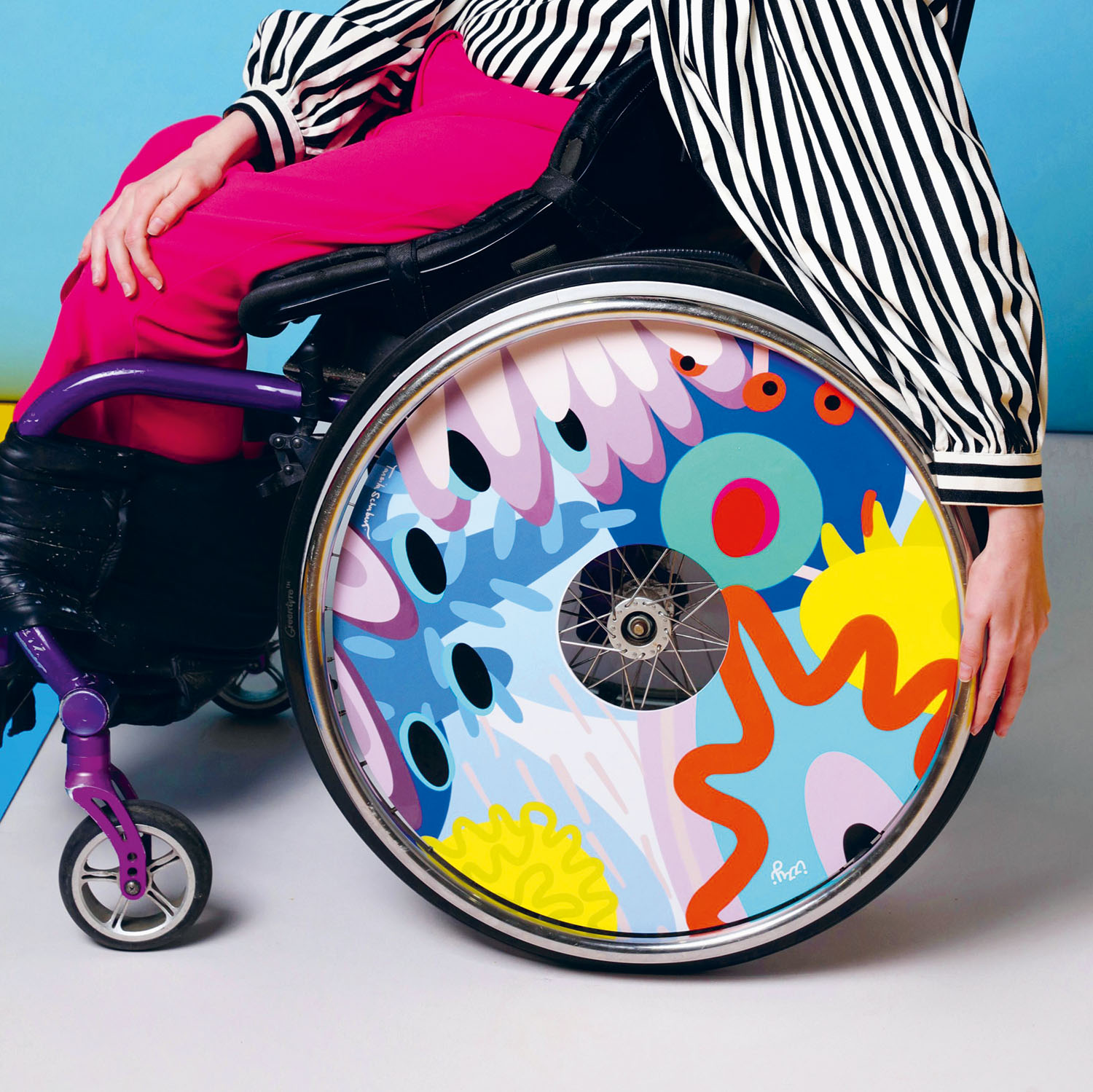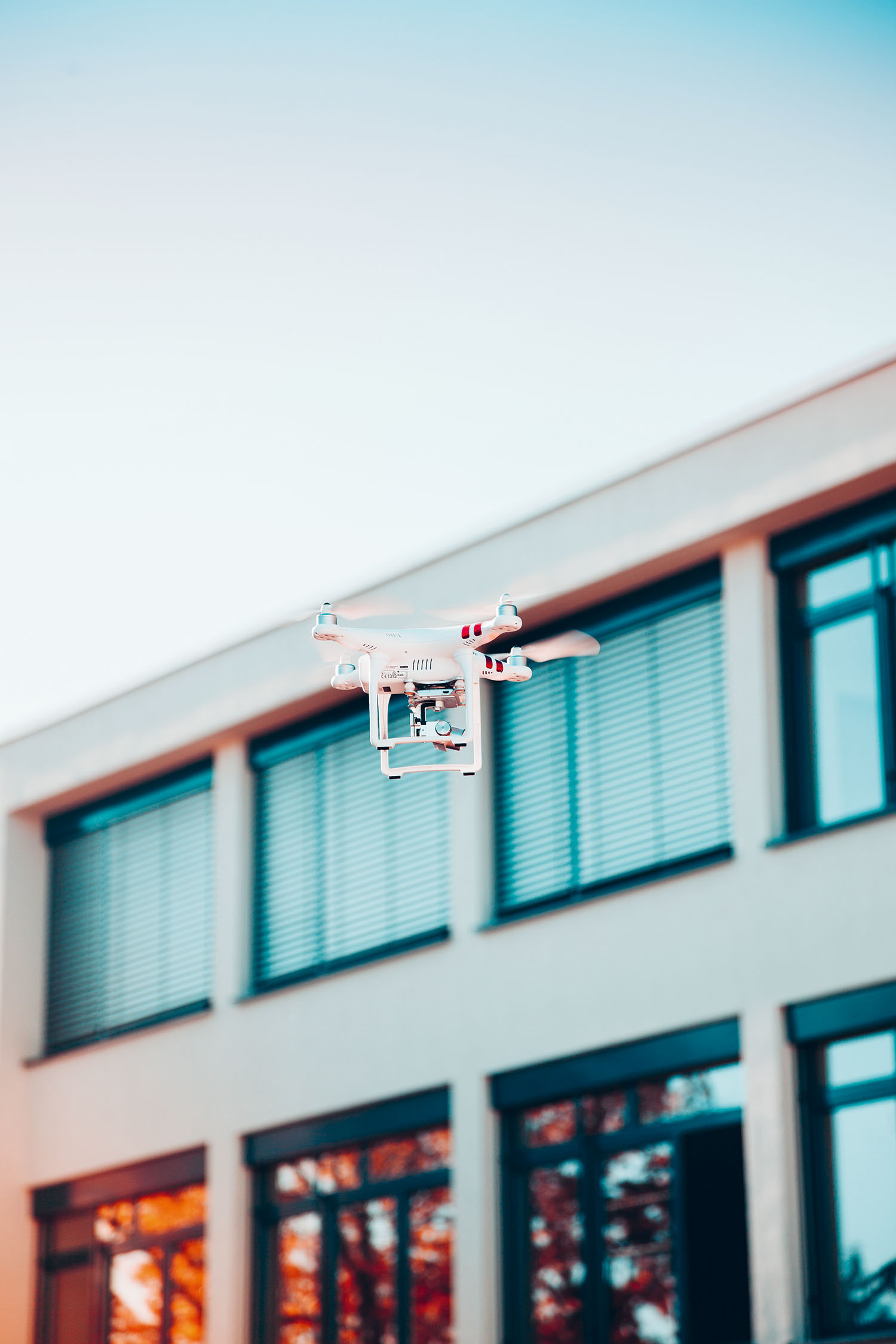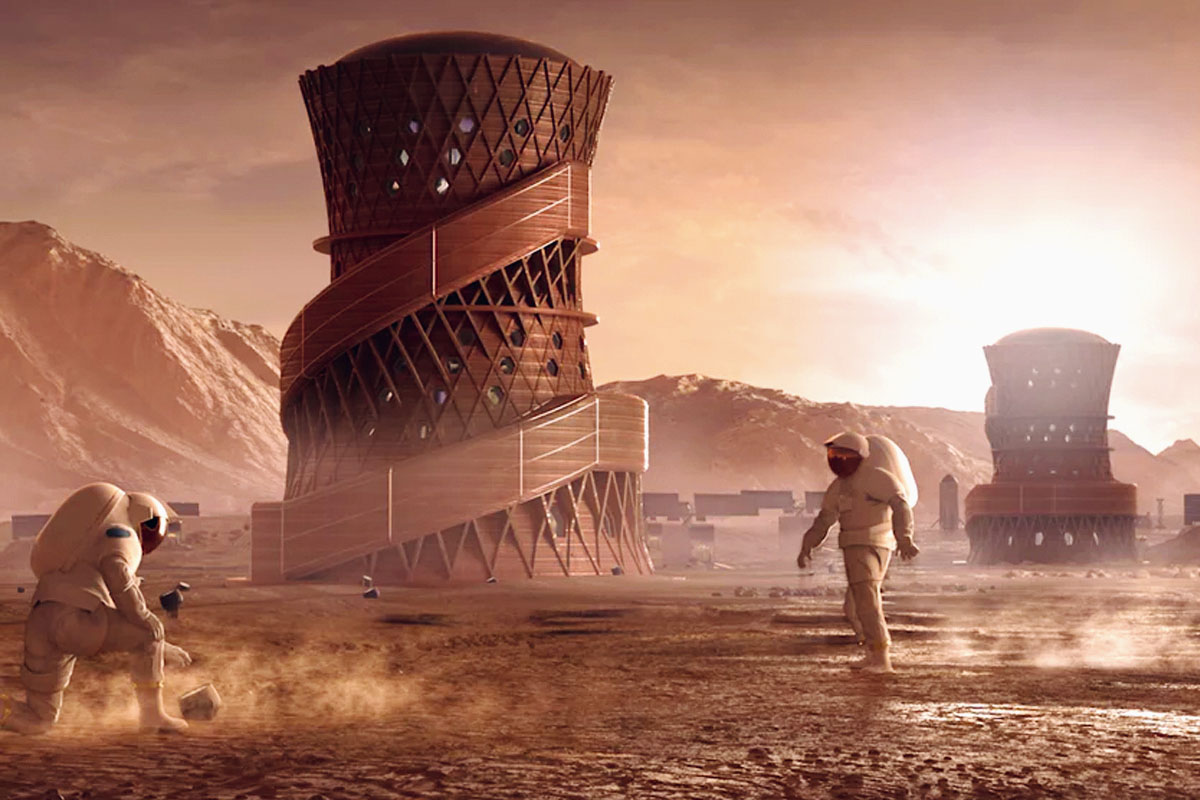
Cloistered innovation does not serve humanity. Innovation deserves to be nurtured in every individual who dares to exercise it. Our current astrological age of Aquarius represents sociality, in contrast to the strong need for seclusion expressed by our previous age of Pisces. As astrologist Susan Miller explains, “Aquarius puts emphasis on group activities and community, thus we have the Internet and the eye of the global village which we call television.” Supported by prolific forms of technology that have the power to connect individuals across any distance, we believe that innovation’s integral, future mission will be to bring people together to solve large-scale challenges and honor life as a whole system.
In tending to the roots of transformative potential, we must be aware of the likelihood for unintended consequences and understand that we cannot predict every outcome. Yet, when we prioritize regenerative principles, we mitigate harmful effects in our practices. When we focus on integrative approaches, we harmonize strengths to overcome challenges. To this effect, innovation exists as a discipline ideally positioned to lead individuals and industries into ecosystems of greater inclusion, balance, and empowerment.



